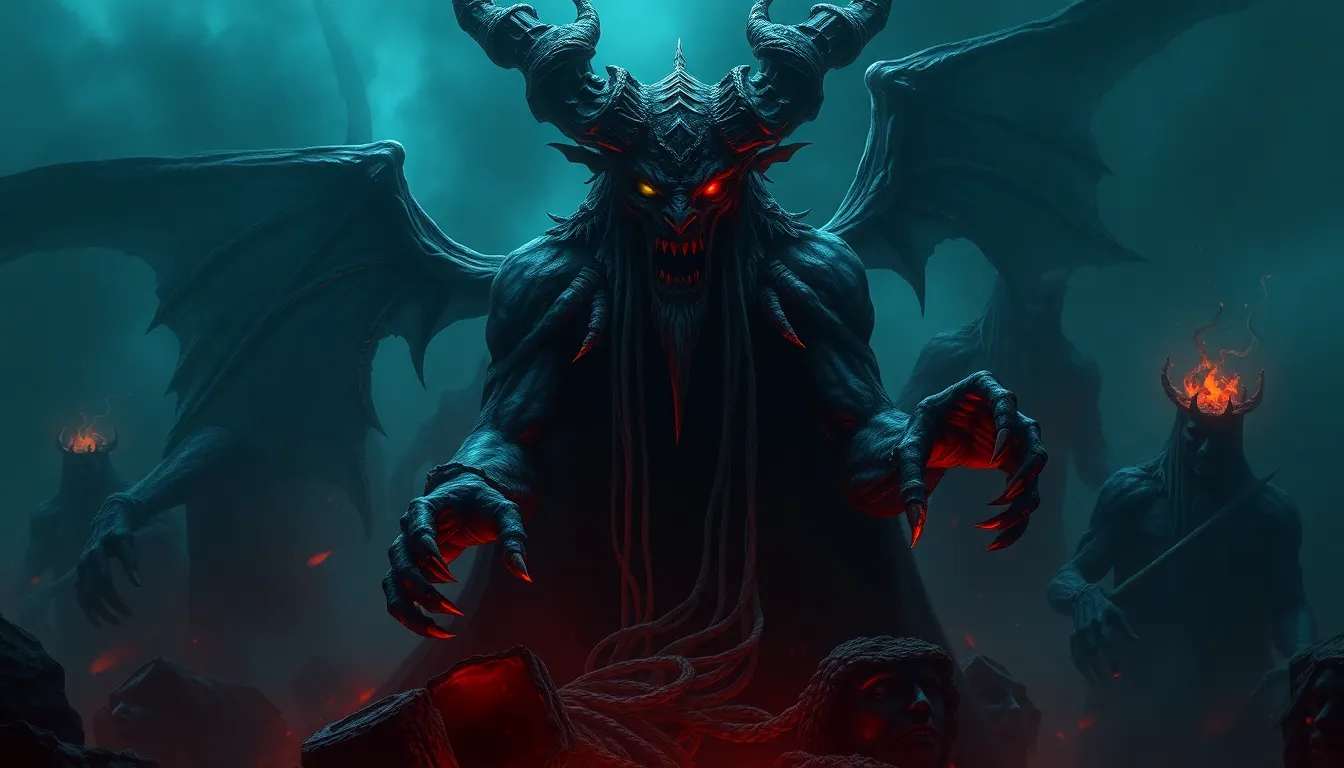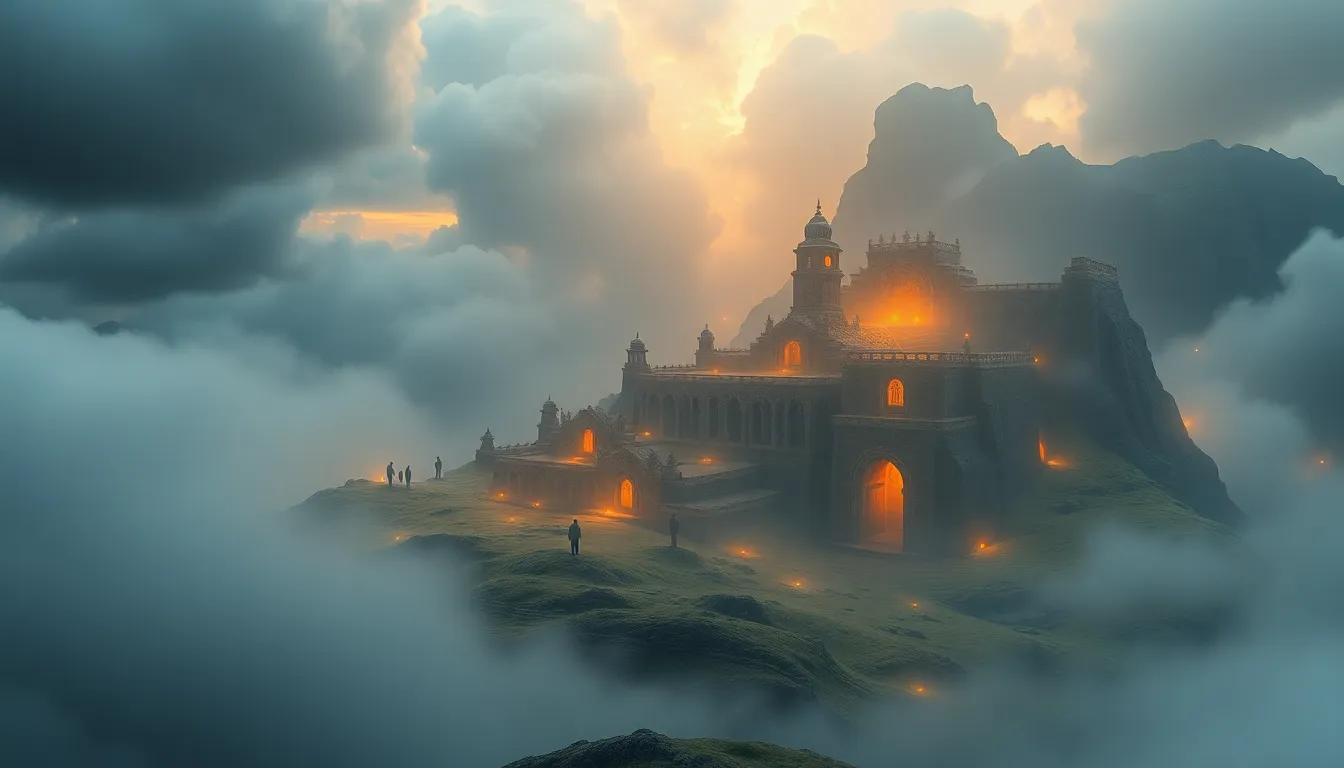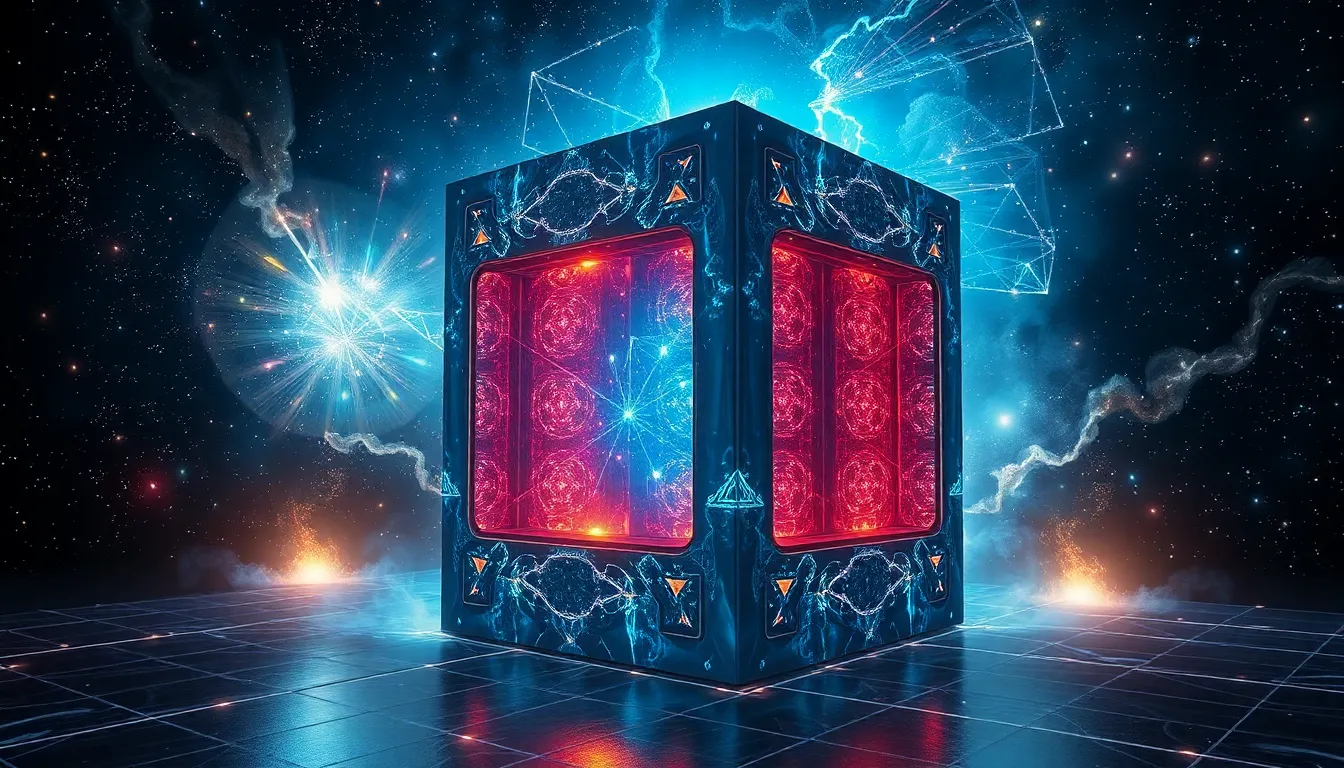Baltic Mythology: A Tapestry of Beliefs and Stories
The Baltic region, encompassing countries like Lithuania, Latvia, and Estonia, has a rich and fascinating mythological tradition that has shaped its culture and identity for centuries. Baltic mythology is a complex tapestry of beliefs, myths, and legends that offer insights into ancient worldviews and the human relationship with nature. Unlike many other European mythologies, Baltic mythology did not become codified in written texts until relatively late. This means that the stories, beliefs, and traditions were passed down orally through generations, evolving and adapting over time.
While Baltic mythology shares some common themes with other European mythologies, it also possesses unique characteristics that set it apart. It focuses on a distinct pantheon of gods and goddesses, a strong emphasis on the natural world, and a rich tapestry of supernatural beings. Understanding Baltic mythology offers a window into a world where the boundaries between the physical and the spiritual are blurred, and where the power of nature is both awe-inspiring and terrifying.
The Pantheon of Gods and Goddesses: A Look at the Divine Figures of Baltic Mythology
At the heart of Baltic mythology lies a pantheon of gods and goddesses who embody the forces of nature and human life. These divine figures are not always benevolent, and often represent the duality of nature – the destructive power of storms, the fertility of the earth, and the cycle of life and death.
One of the most prominent deities is Perkūnas, the god of thunder and lightning, who is often depicted as a powerful warrior. His thunderous roar and flashes of lightning are seen as expressions of his authority and power. Other significant gods include:
- Dievas, the supreme god, representing the forces of creation and order.
- Saulė, the goddess of the sun, symbolizing warmth, light, and life.
- Mėnulis, the god of the moon, associated with night, mystery, and the cycle of time.
These deities also have feminine counterparts, such as Laima, the goddess of fate and destiny, who plays a crucial role in shaping the lives of humans. The relationship between these deities is complex and often involves conflict and rivalry, reflecting the challenges and uncertainties faced by humans in the natural world.
The Importance of Nature: From Forests to Rivers, Understanding the Natural World in Baltic Myth
Baltic mythology places immense importance on the natural world, viewing it as a source of both life and danger. The forests, rivers, mountains, and seas are not merely places but are imbued with spiritual significance and populated by various supernatural beings.
Forests are particularly revered in Baltic mythology, seen as both a source of sustenance and a place of mystery and danger. They are home to various spirits and creatures, including the Laumės, benevolent nature spirits who protect the forest and its inhabitants. Rivers are also seen as sacred, representing the flow of life and the connection between the physical and spiritual realms.
The understanding of nature in Baltic mythology is deeply interconnected with human existence. Humans are seen as part of the natural world, subject to its forces and dependent on its bounty. This interconnectedness is reflected in the various rituals and practices associated with nature, such as offerings to the spirits of the forest or prayers for a good harvest.
The Role of Spirits and Supernatural Beings: From Laumės to Velnias, the Otherworldly Inhabitants of Baltic Folklore
Baltic mythology is rich with a variety of spirits and supernatural beings that inhabit the world alongside humans. These creatures are often linked to specific places, natural phenomena, or aspects of human life.
The Laumės are benevolent nature spirits who protect the forest, its inhabitants, and those who respect the natural world. They are often depicted as beautiful women with long flowing hair, and are known for their wisdom and healing powers. In contrast, the Velnias, the devil, represents evil, temptation, and the forces of chaos. He is often depicted as a creature of darkness and is associated with misfortune and suffering.
Other notable spirits include:
- Ragana, a witch who is often feared for her magical abilities and connections to the supernatural world.
- Jūrų Dievas, the god of the sea, who controls the tides and can bring both good fortune and devastation upon those who sail the waters.
- Pundelis, a mischievous spirit that enjoys playing pranks on humans.
These spirits and supernatural beings play a significant role in Baltic folklore, acting as both protectors and threats, shaping the beliefs and practices of the people.
The Power of Storytelling: How Oral Tradition Preserved and Transformed Baltic Myths
Baltic mythology was primarily transmitted orally through generations, with stories, legends, and beliefs passed down through word of mouth. This oral tradition played a critical role in preserving and shaping the mythological landscape.
Stories were often told during festivals, gatherings, and rituals, serving both to entertain and to teach valuable lessons about life, morality, and the natural world. The repetition of these stories across generations allowed them to evolve and adapt, reflecting changing social and cultural contexts.
The oral tradition also meant that the stories were not always fixed or standardized. Different versions of the same myth could exist, reflecting the individual interpretations and experiences of storytellers. This fluidity allowed the myths to remain relevant and engaging to audiences across generations, as they incorporated elements of everyday life and contemporary concerns.
The Influence of Folk Beliefs on Fairy Tales: Exploring the Connection Between Myth and Story
Baltic folk tales, just like fairy tales from other regions, often draw inspiration from the rich tapestry of mythology. These stories weave together elements of belief, folklore, and imagination, creating enchanting narratives that entertain and teach.
For instance, the Laumės, benevolent spirits of the forest, appear in various folk tales as protectors and helpers. They often appear to those who show kindness and respect for nature, offering aid, guidance, or even magical gifts. Similarly, the figure of the Velnias, the devil, is prominent in folk tales, often representing temptation, greed, or the consequences of breaking ancient rules. He might appear as a cunning trickster or a bringer of misfortune, reminding people of the importance of moral behavior.
The themes of fate, destiny, and the supernatural, so prevalent in Baltic mythology, also find their way into folk tales. Stories often feature characters facing challenges related to their predetermined fates, or encountering spirits and magical beings that influence their lives. These tales serve not only as entertainment but also as a way to explore the complexities of human existence and the power of the unseen world.
The Transformation of Baltic Mythology: From Pagan Roots to Christian Influence
Baltic mythology underwent significant transformations as Christianity spread throughout the region. As Christianity became the dominant religion, many pagan beliefs and practices were suppressed or integrated into the new religious framework. This process led to the blurring of lines between pagan and Christian elements, particularly in folklore and storytelling.
For example, the figure of Perkūnas, the god of thunder, was often depicted as a "thunderbolt-hurling" Saint Elijah, blending pagan and Christian elements. Many of the stories about the Laumės, traditionally benevolent nature spirits, were reinterpreted as Christian angels or saints, highlighting a shift in perception from pagan deities to Christian figures.
This integration of beliefs resulted in a complex blend of pagan and Christian elements. It gave rise to stories where pagan deities appear as figures of temptation or evil within a Christian framework, or where traditional rituals and beliefs are intertwined with Christian symbols and practices. This rich blend of traditions continues to inform the cultural landscape of the Baltic region today.
Themes of Fate and Destiny: The Role of Luck, Prophecy, and the Supernatural
The theme of fate, destiny, and the power of the supernatural plays a significant role in Baltic mythology. Belief in the inevitability of fate, often influenced by the actions of gods and spirits, is a recurring motif. The idea of fate and destiny is often intertwined with the concept of luck, both good and bad.
The goddess Laima, the goddess of fate, plays a critical role in determining the course of a person's life. She is often depicted as a weaver, spinning the threads of human destiny. Stories often feature characters facing challenges or opportunities, their success or failure determined by the twists and turns of fate.
Prophecy, another important aspect of Baltic mythology, adds a layer of mystery and intrigue. Dreams, omens, and the pronouncements of wise individuals are often seen as indicators of future events. These prophetic elements contribute to a sense of foreboding, suspense, and the power of the unknown.
The supernatural world, with its array of spirits and beings, also influences the realm of fate and destiny. Divine intervention, the whims of enchanted creatures, or the influence of powerful beings can shape the lives of humans. This belief in the power of the supernatural highlights the interconnectedness of the material and spiritual realms in Baltic mythology.
The Legacy of Baltic Mythology: Modern Echoes in Literature, Music, and Art
Baltic mythology continues to inspire artists and storytellers in the modern world. It serves as a rich source of inspiration for literature, music, and visual art.
Writers, poets, and playwrights have explored the themes and characters of Baltic mythology, reinterpreting them with a modern lens. The stories of the gods and goddesses, the spirits of the forest, the themes of fate, and the power of nature remain relevant and compelling, resonating with audiences despite the passage of time.
Musicians have also drawn inspiration from the rich traditions of Baltic mythology. Folk music often incorporates melodies, rhythms, and lyrics inspired by ancient stories and beliefs. The music serves as a bridge between the past and the present, keeping the spirit of Baltic mythology alive.
Visual artists explore the imagery and symbolism of Baltic mythology in their paintings, sculptures, and installations. The depiction of deities, spirits, and natural elements, as well as the themes of fate and destiny, continue to fascinate and inspire contemporary artists.
The enduring legacy of Baltic mythology is a testament to its power and influence. It continues to shape the cultural identity of the region, inspiring artists and storytellers while remaining a source of fascination and wonder for people around the world.
Studying Baltic Mythology: Sources, Methods, and Ongoing Research
Studying Baltic mythology involves delving into a rich and complex tapestry of beliefs, stories, and traditions. The primary sources for this study include:
- Folklore Collections: These collections, often compiled by linguists, folklorists, and anthropologists, document the oral traditions of the Baltic people, preserving tales, songs, proverbs, and rituals.
- Archaeological Evidence: The analysis of ancient artifacts, burial sites, and settlements provides insights into the religious practices and beliefs of the Baltic people.
- Historic Texts: While Baltic mythology was primarily transmitted orally, some written sources exist, particularly from the period when Christianity was adopted. These texts offer a glimpse into the interplay of pagan and Christian beliefs.
Research methods for studying Baltic mythology include:
- Ethnographic Research: This involves studying the cultural practices, beliefs, and traditions of contemporary Baltic communities, offering insights into the ongoing relevance of mythology.
- Comparative Mythology: Comparing Baltic mythology with other European mythologies helps identify shared themes, variations, and influences.
- Linguistic Analysis: The study of language, particularly the etymology of words, can shed light on the evolution and meaning of mythological concepts.
Ongoing research in Baltic mythology focuses on various aspects, including:
- Reconstructing the Pantheon: Researchers continue to analyze the evidence to determine the structure and relationships within the Baltic pantheon.
- Exploring the Influence of Christianity: The process of integrating pagan beliefs into Christianity is a complex and ongoing area of study.
- Examining the Role of Mythology in Contemporary Culture: Researchers are exploring how Baltic mythology continues to influence art, literature, and the cultural identity of the Baltic region.
The study of Baltic mythology is a dynamic field, offering fascinating insights into the cultural history and worldview of the Baltic people. It requires a multidisciplinary approach, utilizing various sources and methods to reconstruct and understand the rich tapestry of beliefs and stories that have shaped the region for centuries.
FAQ
What are some of the most famous Baltic myths and legends?
Some of the most famous Baltic myths and legends include the story of Perkūnas, the god of thunder, who is often depicted as a powerful warrior, battling the forces of darkness and chaos. The Laumės, benevolent spirits of the forest, who protect nature and offer aid to those who respect the natural world, are also featured in many tales. Another prominent figure is Velnias, the devil, who is often depicted as a trickster or a bringer of misfortune, representing temptation and the consequences of breaking ancient rules. The story of Laima, the goddess of fate, who spins the threads of human destiny, is another compelling narrative that explores the themes of fate and destiny in Baltic mythology.
What are the key characteristics of Baltic mythology?
Baltic mythology is characterized by its strong emphasis on the natural world, seeing it as a source of both life and danger. It is also notable for its distinct pantheon of gods and goddesses, who embody the forces of nature and human life. The stories and beliefs often revolve around themes of fate, destiny, and the power of the supernatural. The role of spirits and supernatural beings, both benevolent and malevolent, is also a significant element of Baltic mythology.
How does Baltic mythology compare to other European mythologies?
Baltic mythology, while sharing some common themes with other European mythologies, such as the presence of deities associated with nature, also possesses unique characteristics. It features a distinct pantheon of gods and goddesses, with a strong emphasis on the natural world and the role of spirits and supernatural beings. Unlike many other European mythologies, Baltic mythology did not become codified in written texts until relatively late, meaning that many of the stories and beliefs were transmitted orally through generations, evolving and adapting over time.
How has Baltic mythology influenced contemporary culture?
Contemporary artists and storytellers continue to be inspired by Baltic mythology. It serves as a rich source of inspiration for literature, music, and visual art. Writers, poets, and playwrights explore the themes and characters of Baltic mythology, reinterpreting them with a modern lens. Musicians create folk music inspired by ancient stories and beliefs, keeping the spirit of Baltic mythology alive. Visual artists depict deities, spirits, and natural elements, as well as the themes of fate and destiny, in their paintings, sculptures, and installations.
Where can I learn more about Baltic mythology?
There are many excellent resources available for learning more about Baltic mythology. Libraries and online resources offer books, articles, and research papers on the subject. You can also




